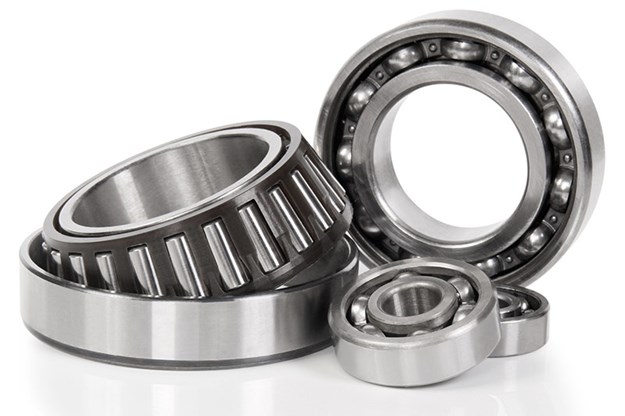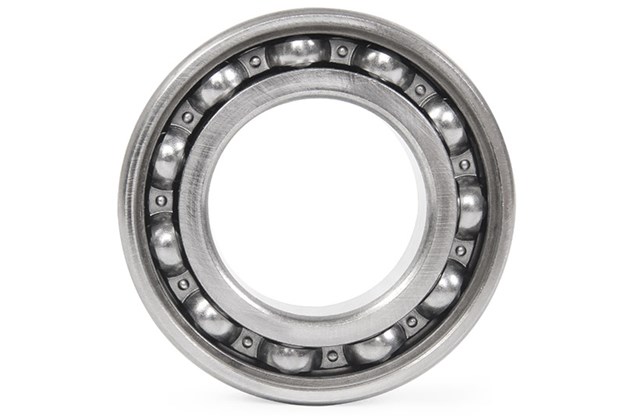Bearing Up - Mick's Tips 415













|

|

|

|

|

|
Got a weird rumble in your car's nether regions? Maybe you're losing your bearings
bearing noises are one of the things where you have to concentrate a little to pick up which corner it’s at. The easiest way is to drive the car and have a listen.
I love it when my women customers come in, because they’re not embarrassed about coming in and imitating whatever the noise is. Whereas the blokes get all uppity about it and want to tell you how to fix it and how much it’s going to cost.
Now, where were we? You’re getting a rumble out of the bearing. The easiest way to help isolate the noise is getting the car up to speed and slipping it into neutral. The bearing noise will continue on, while an engine or transmission noise is likely to change. That’s a money-saving way to check.
A simple test at home is to have the wheel off the ground, grab the wheel top and bottom and try to wiggle it. There shouldn’t be any more than the slightest movement. And remember if you change one front or back, do them both. They’ll have been installed at the same time and you can bet the ‘good’ one will be ready to give up.

There are a few types of bearing out there, so let’s have a look. Front-wheel drive or double row bearings are big, solid and strong items and a fair bit of work to change. It’s not something I would normally recommend for the home mechanic. It’s a minefield and potentially expensive if you get it wrong, plus it often requires special tools.
One of the more common types in general use is a tapered roller bearing, which looks pretty much the way it sounds. It runs in a bearing housing. If you can, it’s worth pulling them out once a year to give them a clean and a grease. A really handy tool to have is a bearing packer tool with a couple of cones on it, which you can get any decent tool or auto shop. They’re cheap, last forever and make packing a bearing so easy.
Maintaining and packing your bearings with fresh grease helps to keep them at the right temperature and lengthens their life. You can do it by hand easily enough and we’ll put a little video up at tradeuniquecars.com.au to show you how.

The mistake most people make when they’re replacing tapered bearings is leaving the existing cup or race in place, because they’re a pain to remove and replace without hurting them. At first, the bearing won’t make any noise, but it will be working against a race that was worn to the shape of the old one, which leads to a much shortened lifespan. I reckon a new bearing put in on a tired race will get only about a tenth of the life it should. So that little shortcut you took will come back to bite you on the butt. And don’t forget to put in the new seal!
When it comes to preloading or tightening them, don’t overdo it. Take the nut up to the face and give it a little pinch, then back it off one hex on a castellated nut. That gives a light preload which is spot-on.

If you’re working with single ball-race bearings, things have changed when it comes to the collars. Traditionally you’d knock them out with a hammer and chisel, then heat up the new one to press it in. These days, unless you’re working with very old stock, the new ones should not be heated. In fact they’ll usually have a label telling you exactly that – what was that about reading the instructions? They’re a simple press fit, which means you need a piece of pipe or similar to coax it in.
With the exception of front-drive bearings, it’s not rocket surgery and your car will thank you for the extra attention.
- See more of Mick's workshop tips here
Unique Cars magazine Value Guides
Sell your car for free right here
Get your monthly fix of news, reviews and stories on the greatest cars and minds in the automotive world.
Subscribe

.jpg)











